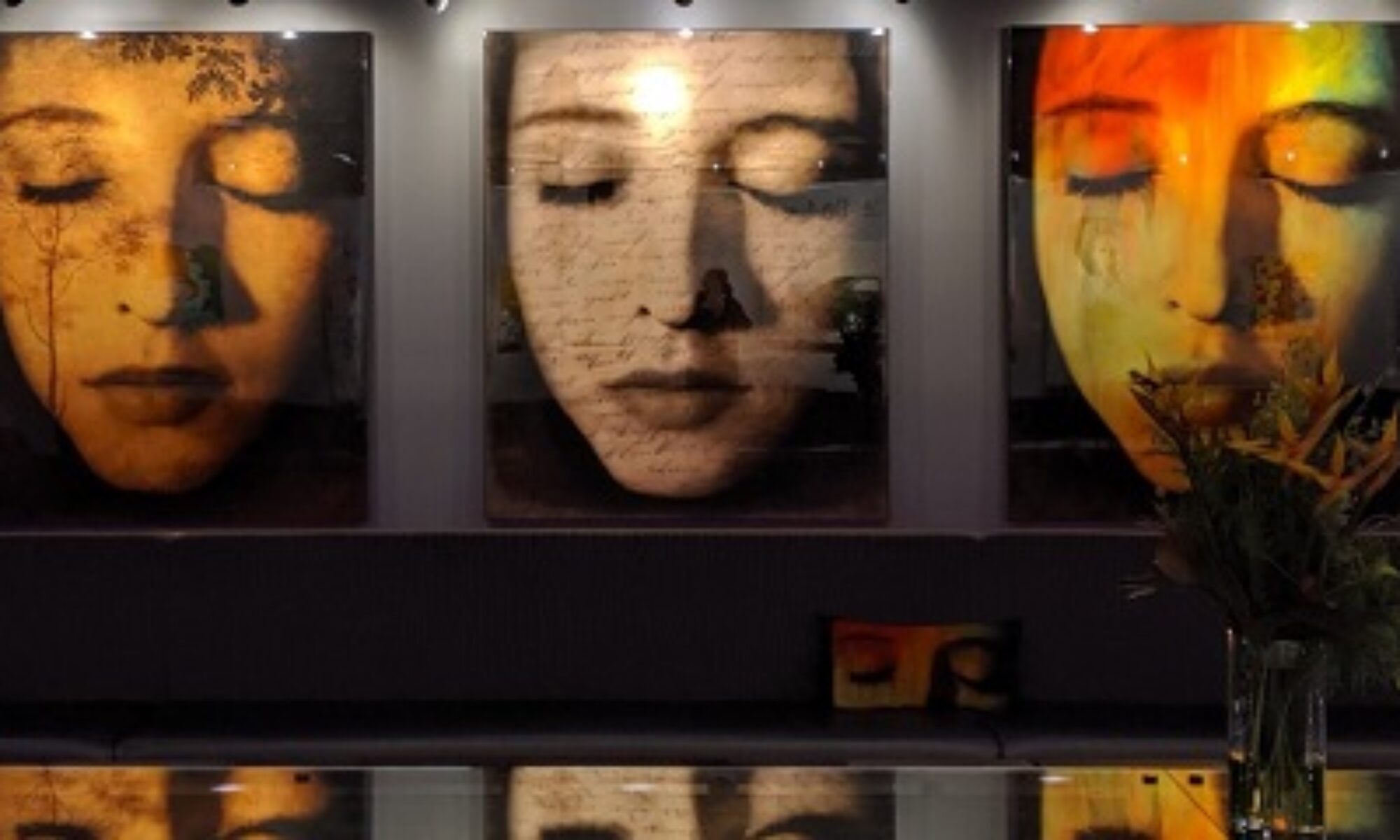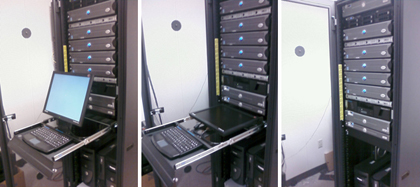This morning I decided to take a look at some bills that have been repeatedly introduced in Congress that have not gotten support primarily because of the continuing Bush/Neocon economic agenda. One of these is House Resolution 946, The Consumer Overdraft Fair Practices Act, introduced a couple of times by Rep. Carolyn Maloney of New York. It’s essentially stalled for now, referred to the subcommittee on Financial Institutions and Consumer Credit, a subcommittee far more tainted by the evils of the bank lobby than any in government history. I’m not holding my breath for anything fast.
While researching this bills status I noticed many posts on the Internet that indicate most Americans are not aware of the breadth of this problem. Most topics and discussions around excessive overdraft fees go something like this “I hate Bank of America” or “Screw Wachovia”. Followed by rantings of account holders about how their bank processes transactions from highest to lowest and creates excessive fees of $33 to $35 per transaction for the lowest cost transactions, usually a “cup of coffee”. Why it’s always a cup of coffee in these posts I do not understand.
Anyway, my point is that it needs to be recognized that these are industry standard practices, not bank specific. Many people make comments like “I’m firing them and switching banks”. Well that won’t do you much good. All banks follow the same practice of imposing fees as soon as they learn another banks lawyers have found them a loophole to create said fee. They also standardize on close to the same amount for these fees once the amount is established as acceptable by the industry. The common overdraft fee seems to be $35.00 today.
Most complaints are that this overdraft fee amount is excessive. That’s not really the problem I’m hoping legislators address in H.R. 946. While getting charged $35 for a $2.50 overdraft is in fact excessive and needs to be lowered, the real problem is that by willingly allowing customers to overdraft their accounts in the first place, through approving the transaction and then charging these excessive fees, the banks are, as a point of fact, loaning the money to cover the transactions and then charging the fees for the loan. For now this is skirting existing lending laws, barely.
Add to this that banks do not have an opt out policy on “overdraft protection” and you have a forced lending scenario. Once it is agreed that this is a lending practice, not consumer “protection”, we can start looking at the other immoral practices the banks instituted such as ordering transactions from highest to lowest (to maximize the number of overdraft fees). Most banks cap the number of overdrawn transactions the fees can be applied to at five or seven per day. That could mean as much as $245 for overdrafts totaling as low as $10 to $15 dollars. That’s a lot of interest for this loan to cover the account holders unfunded expenditures for less than 2 weeks.
Just how do banks insure they are going to collect this money? By requiring direct deposit on the account to avoid checking account fees. You see, the banks are going to get theirs or they are going to get theirs. It’s a systematically formulated revenue scam against banking customers.
I blog on this exact issue and legislative bill frequently. By now most probably think its because I bounce transactions left and right. That’s not true and it matters to me that people know that. Not because I’m worried readers think I can’t manage my personal finances but because I feel the reason this issue doesn’t get more traction is because people who have well padded checking accounts don’t see the problem for what it is: essentially an industry tax levied on the working poor. It’s an attack by an industry on those who can least afford it. Historically this is not where banks obtained the bulk of their revenue. It was through investment dollars and commercial loans which have dried up.
Who thinks banks make money by loaning to the rich these days? Of course not. Those with substantial cash flow can afford to pay their bills on time, at low interest rates, generating very little revenue for banks. So the banks have to go after those who can’t afford to their products. Higher interest rates on credit cards, mortgage loans, check casing fees and overdraft “protection” fees are just some of the utilities they’ve formulated to achieve this. It is a hard truth that no one can afford to be poor in America. Those who are will pay a higher premium for everything.
This is why Paulson is fighting to eliminate the “credit freeze” that has the financial industry in turmoil. I’ve never doubted it’s existence but I firmly believe it is a well earned “freeze” and the banks should spend some time suffering losses through a lack of lending capability. What Paulson is trying to do is get banks to begin lending to higher risk borrowers again, like the middle class and working poor. That way they can resume increasing their revenue through higher interest rates and credit fees. Simply translated: The Federal government wants to pad the banks so that they can accept losses once they resume their attacks on those who can least afford to borrow.
Don’t doubt for a second that banks are still lending. If a company has the highest of D&B ratings or a consumer has a FICO above 740 they’ll lend. They simply don’t want to accept losses on defaulted loans anymore. They want to run the gamble of lending to high risk while avoiding any actual risk. If the loans succeed they win and if they fail they win. I say let them burn.
Here’s how consumers can fight back against the banks and bring them to a realization that they must change their business model to offer products and services people want to buy or become reduced to an industry which the government cannot even help:
- Never overdraw your checking account. As hard as this may be for some find the discipline to keep a separate register from the web banking sites, use cash, whatever it takes but don’t give them the satisfaction of the overdraft fees.
- Don’t use consumer credit or consumer credit cards. Need a new washer and dryer? Find a way to pay cash, fix your old one, anything but that consumer line of credit at Lowes or Home Depot. At Christmas don’t spend above the cash you have on hand. Set aside some of your paychecks over the year and pay cash in December, not interest later. Find a way to become a cash and carry consumer. And the new 42″ flat panel can wait until you save the cash too. It’s really not that important.
- Avoid bling. All that crap you think you need to put on a credit card so that you’ll look wonderful, guess what? Nobody gives a damn. Got a new iPhone you paid for on a Discover card? So what. You’re pretend rich.
Ever wonder how different the world would look if everyone wore cloths, drove cars, carried cell phones and lived in houses that displayed their actual income instead of their credit score? This is where we need to get for the US economy to survive. The banks hate this idea and they will use every lobby they can afford in Washington to stop it.
This is clearly an uphill battle because Americans judge one another based upon perceived material wealth and possessions. Any method Americans can use to fake their material wealth will be used to try to portray affluence where there is none. I hope that at least some will join me in the fight to put banks back in their place and stop their attacks on the working poor. The only way we will achieve this is far each of us to begin living within the means of our paychecks. Not off the banks line of credit.

